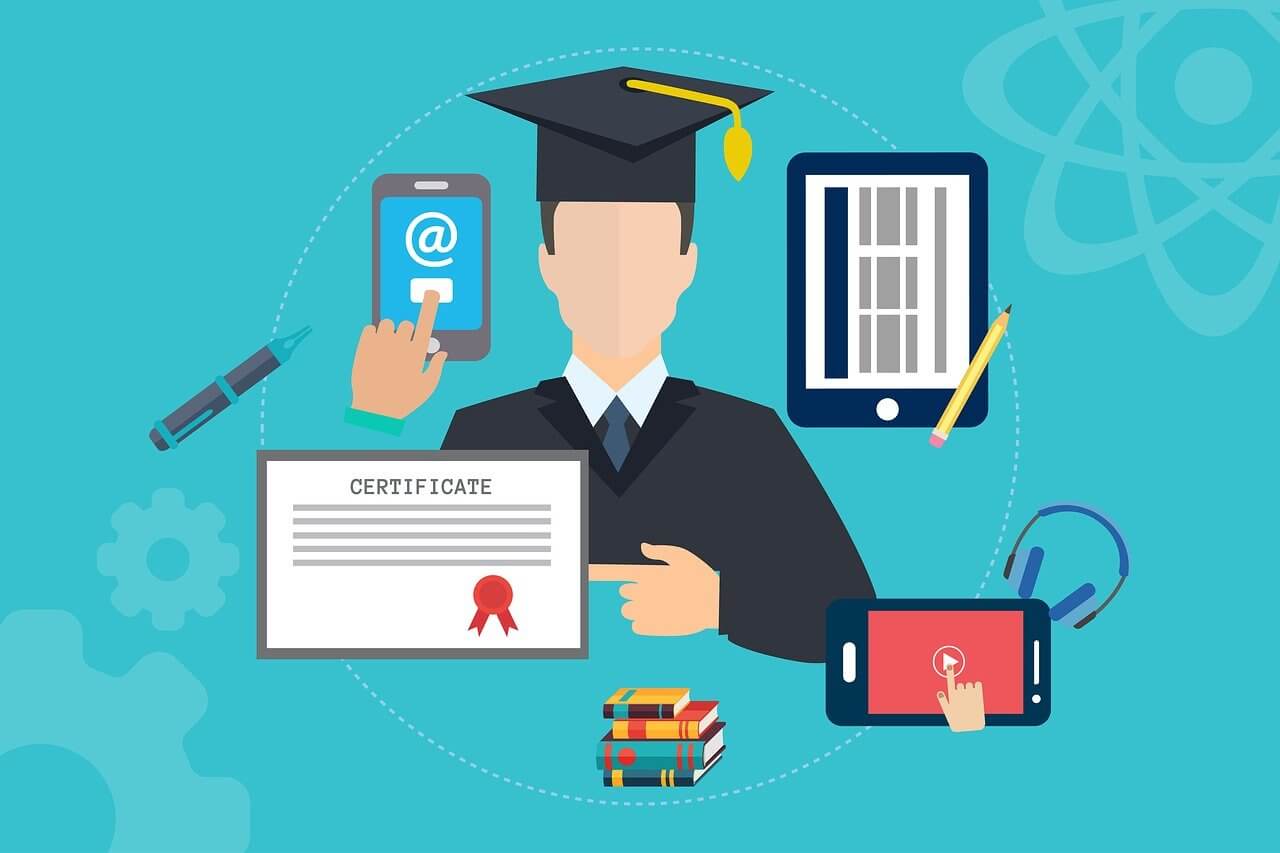
Technology has swiftly revolutionized every corner of our society, and the realm of education is no exception. Today’s students are digital natives, growing up with internet-connected devices both at home and in school, which has fundamentally altered the way they learn. The future of educational technology promises to further transform learning by equipping educators and students with an array of innovative tools.
While technology will be the driving force behind the future of education, it’s imperative that the new generation of educators understand the significance of human interaction in educational settings. A liberal studies degree from institutions like Maryville University can pave the way for a fulfilling and dynamic career in secondary education. Aspiring educators must acquire the knowledge and skills necessary to effectively harness emerging educational technologies to maximize their benefits for middle school and high school students.
Tablets: The New Classroom Staple
Tablets have emerged as the quintessential mobile device for students, and for good reason. They are compact and portable, making them convenient for individual use, yet their screens are large enough for collaboration. Their versatility allows them to function as video players, word processors, or educational gaming devices. According to a Pearson Education study in 2015, 78% of elementary school students used tablets for schoolwork in 2014, a 12% increase from the previous year. The study also revealed that nine out of 10 students believe tablets will revolutionize learning.
The creative application of tablets in the classroom is boundless, especially for educators with a liberal arts background. The Association for Supervision and Curriculum Development (ASCD) acknowledges that integrating technology into classroom practices is challenging. However, forward-thinking educators who embrace tablets can profoundly impact their students by fostering technological literacy and introducing novel learning methods.
Assistive Technology: Empowering Students with Disabilities
For students with disabilities, emerging technologies are game-changers. They empower these students and place them on a more level playing field with their peers. The National Center for Education Statistics (NCES) reports that nearly 7 million students in the U.S., approximately 13% of total public school enrollment, receive special education services.
Assistive technology devices, such as alternative input devices, are particularly noteworthy. These devices enable students with disabilities to use computers and tablets equipped with modified keyboards, or cursors that can be manipulated with their mouth or feet. For students unable to use manual input devices, speech-to-text technology is a viable alternative. Additionally, subtle advancements like easy-to-read fonts for students with dyslexia are making a difference.
Augmented Reality, Virtual Reality, and Voice Platforms: The Next Frontier
Educational trends are set to capitalize on increased internet capabilities and higher network bandwidth, facilitating the integration of cutting-edge technology into classrooms. Augmented reality (AR) and virtual reality (VR) are at the forefront of this technological wave. AR enhances real-world materials, while VR creates immersive digital worlds, allowing students to interact in virtual 3D environments that enrich learning experiences.
Google has ventured into AR/VR with its cardboard VR viewer, which is part of Google’s Expeditions app. AR/VR learning is particularly beneficial for students in STEM fields, offering virtual dissections, close-up explorations of microscopic organisms, and more. Moreover, AR/VR technology enables students to traverse the globe and experience historical events firsthand, all without leaving the classroom.
Voice platforms like Google Echo and Amazon Alexa, which are becoming household staples, also have applications in the classroom. These devices offer instant answers, educational games, polls, and global communication among students.
For those looking to introduce coding to young learners in an engaging way, CodeMonkey offers an interactive platform that makes learning to code both fun and educational.
The Road Ahead
The relentless advancement of technology in education heralds a promising future for the teaching profession. A solid liberal arts foundation can equip aspiring educators with the subject-area expertise necessary to thrive in this evolving landscape. While additional qualifications may be required, a degree in liberal arts prepares future teachers to effectively leverage technology in education.
With many secondary schools seeking teachers who specialize in specific fields, a liberal arts degree can set you on a trajectory towards harnessing these technologies in your own classroom. Moreover, online degree programs, such as those offered by Maryville University, can provide a unique perspective on how students and teachers can capitalize on technology in education.
In conclusion, as we navigate the horizon of educational technology, it is imperative for the new generation of educators to not only embrace these technological advancements but also to remember the human element that is central to the learning experience. The integration of technology should enhance, not replace, the invaluable human interactions that shape the minds of future generations.









